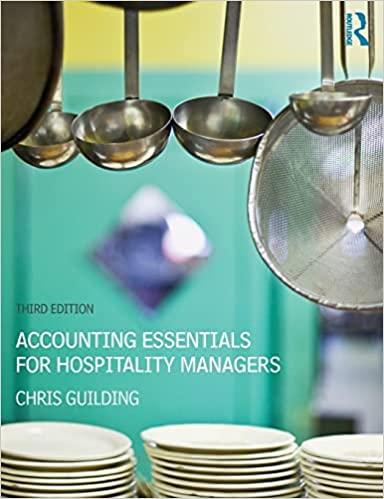Answered step by step
Verified Expert Solution
Question
1 Approved Answer
A firm has been experiencing low profitability in recent years. Perform an analysis of the firm's financial position using the DuPont equation. The firm has



| A firm has been experiencing low profitability in recent years. Perform an analysis of the firm's financial position using the DuPont equation. The firm has no lease payments but has a $1 million sinking fund payment on its debt. The most recent industry average ratios and the firm's financial statements are as follows:
| |||||||||||||||||||||||||||||||||||||||||||||||||||||||||||||||||||||||||||||||||||||||||||||||||||||||||||||||||||||||||||||||||||||||||||||||||||||||||||||||||||||||||||||||||||||||||||||||||||||||||||||||||||||||||||||||||||||||||||||||||||||||||||||||||||||||||||||||||||||||||||||||||||||||||||||||||||||||||||||||||||||||||||||||||||||||||||||
Income Statement for Year Ended December 31, 2021 (millions of dollars) Net sales Cost of goods sold Gross profit Selling expenses EBITDA Depreciation expense Earnings before interest and taxes (EBIT) Interest expense Earnings before taxes (EBT) Taxes (25%) Net income a. Calculate the following ratios. Do not round intermediate calculations. Round your answers to two decimal places. Current ratio Debt to total capital Times interest earned EBITDA coverage Firm% Industry Average 2x 21% 4x Gross fixed assets Less depreciation Net fixed assets Total assets 273160113$5515 Total liabilities Common stock Retained earnings Total stockholders' equity Total liabilities and equity $176 118 $539$221 Income Statement for Year Ended December 31, 2021 (millions of dollars) Net sales Cost of goods sold Gross profit Selling expenses EBITDA Depreciation expense Earnings before interest and taxes (EBIT) Interest expense Earnings before taxes (EBT) Taxes (25\%) Net income $855.00 $145.00710.00 $66.5078.50 $52.5014.00 $45.007.50 $33.7511.25 a. Calculate the following ratios. Do not round intermediate calculations. Round your answers to two decimal places. Current ratio Debt to total capital Times interest earned EBITDA coverage Inventory turnover Days sales outstanding Fixed assets turnover Total assets turnover Profit margin Return on total assets Return on common equity Return on invested capital Firm x % =xx x days % \begin{tabular}{|} \hline% \\ \hline & % \\ \hline \end{tabular} Industry Average 2x 21% 4x 7x 9x 27days 6x 3x 3.25% 9.75% 14.70% 13.40% b. Construct a DuPont equation, and the industry. Do not round intermediate calculations. Round your answers to two decimal places. Profit margin Total assets turnover Equity multiplier Firm % x Industry 3.25% 3x x d. Which specific accounts seem to be most out of line relative to other firms in the industry? -Select- e. If the firm had a pronounced seasonal sales pattern or if it grew rapidly during the year, how might that affect the validity of your ratio analysis? II. If the firm had sharp seasonal sales patterns, or if it grew rapidly during the year, many ratios would most likely be distorted. III. It is more important to adjust the debt ratio than the inventory turnover ratio to account for any seasonal fluctuations. How might you correct for such potential problems? I. There is no need to correct for these potential problems since you are comparing the calculated ratios to the ratios of firms in the same industry group. II. It is possible to correct for such problems by insuring that all firms in the same industry group are using the same accounting techniques. III. It is possible to correct for such problems by using average rather than end-of-period financial statement information. IV. It is possible to correct for such problems by comparing the calculated ratios to the ratios of firms in a different line of business. V. It is possible to correct for such problems by comparing the calculated ratios to the ratios of firms in the same industry group over an extended period. -Select-V
Step by Step Solution
There are 3 Steps involved in it
Step: 1

Get Instant Access to Expert-Tailored Solutions
See step-by-step solutions with expert insights and AI powered tools for academic success
Step: 2

Step: 3

Ace Your Homework with AI
Get the answers you need in no time with our AI-driven, step-by-step assistance
Get Started


